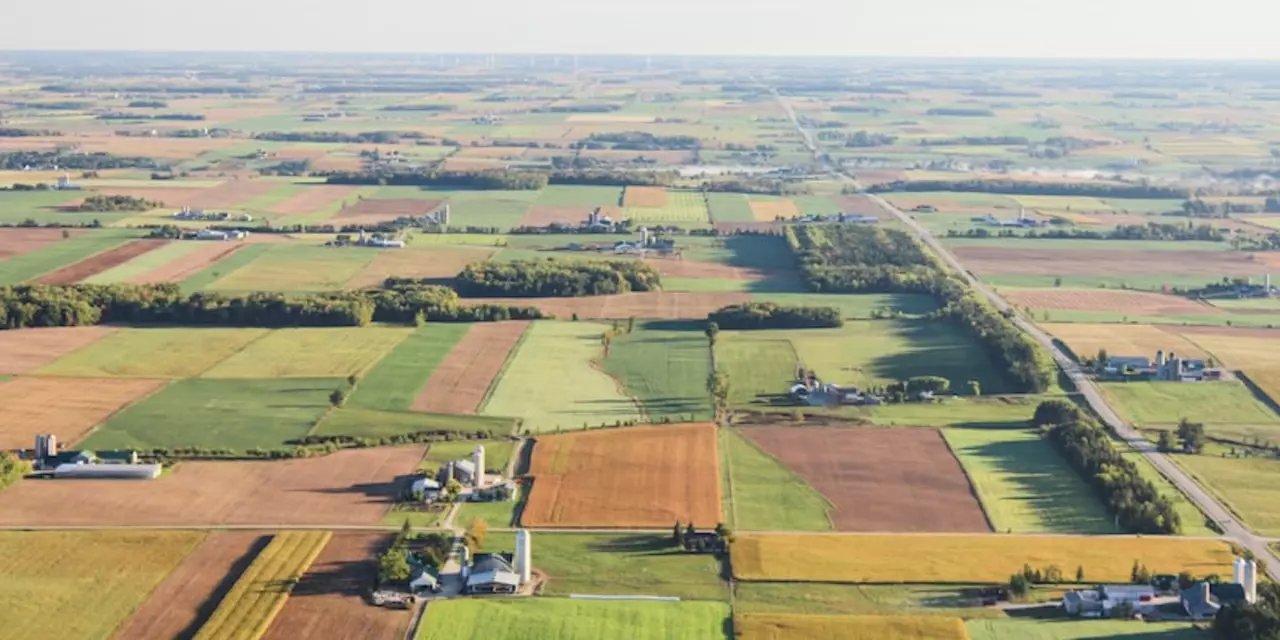Understanding the Caste System in India
The caste system is a social structure that has been part of Indian life for centuries. It sorts people into groups based on birth, and those groups affect everything from jobs to marriage. If you’re new to the topic, think of it as a kind of class system that’s baked into culture, law, and everyday choices.
Historical Roots and How It Works
Originally, the system grew out of ancient Hindu texts that described four main varnas: Brahmins, Kshatriyas, Vaishyas, and Shudras. Over time, each varna split into countless sub‑castes, called jatis, which are linked to specific occupations. Most people still identify with a jati, even if they no longer do the traditional work.
In practice, the caste label decides who you can marry, which schools you attend, and sometimes even which neighborhoods you can live in. The hierarchy places Brahmins at the top and the so‑called Dalits (formerly “untouchables”) at the bottom, often limiting their access to resources.
Modern Impact and Ongoing Changes
India’s constitution outlawed caste‑based discrimination in 1950, but the legacy stays strong. Government jobs and higher education reserve seats for Scheduled Castes, Scheduled Tribes, and Other Backward Classes. These reservations aim to level the playing field, but they also spark heated debates about fairness.
In urban areas you’ll see the caste badge fading‑away as people work together in tech firms, startups, and multinational companies. Still, rural regions often cling to old customs, and caste‑related violence occasionally makes headlines.
If you’re an employer, the law requires you to avoid discrimination in hiring and promotion. Many businesses now run sensitivity training to keep biases in check. For students, understanding the system helps you navigate college life and choose the right scholarships.
Social media has become a new arena for caste discussions. Activists use platforms to expose unfair practices, while others defend tradition. The conversation is moving fast, and you’ll hear a mix of opinions.
One practical tip: if you’re moving to a new town, ask locals about any unwritten caste norms. Knowing whether certain festivals or community events are open to all can save you awkward moments.
Legal recourse is available if you face caste‑based harassment. Filing a complaint with the state’s National Commission for Scheduled Castes can trigger an investigation. It’s not always easy, but it shows the law does have teeth.
Education is the biggest game‑changer. Schools that mix students from different backgrounds tend to produce more open‑minded graduates. Supporting such institutions can help break down barriers faster.
In short, the caste system is a deep‑rooted reality that’s slowly evolving. It influences jobs, politics, and personal relationships, yet legal reforms and urbanization are pushing it toward a more equal footing.
Keep an eye on new policies, join community discussions, and stay aware of how caste can affect everyday decisions. Understanding the system makes it easier to navigate India’s complex social landscape.
How is it like to live in an Indian rural village?
Living in an Indian rural village is an experience that is a mix of rich culture and tradition, but also one of poverty and struggle. In rural India, life is still based on the traditional caste system and is largely agricultural, as most inhabitants are farmers. Despite the lack of material goods, the villagers often experience strong community ties, with people helping each other in times of need. They are also deeply connected to their cultural heritage, which is observed in daily practices, religious ceremonies and festivals.
